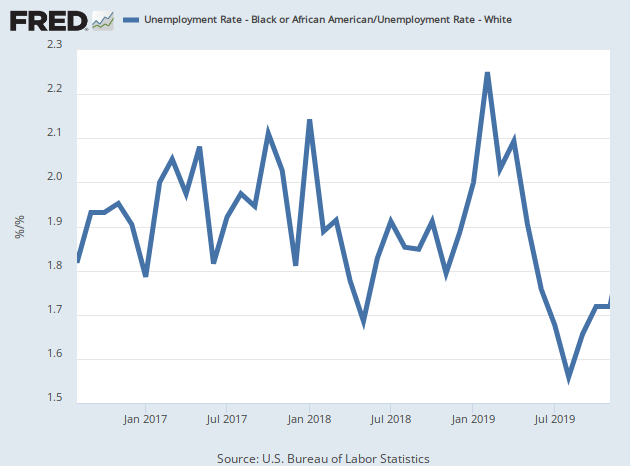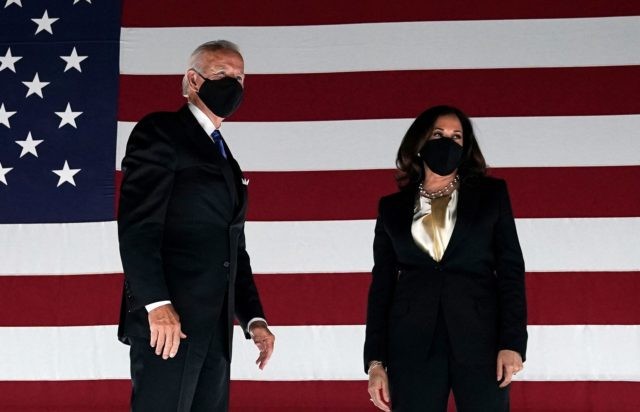The black-white unemployment rate jumped higher in August, highlighting how the Biden administration’s policies have failed to arrest the unequal burden of inflation and the coronavirus resurgence.
Black unemployment jumped to 8.8 percent, up from 8.2 percent in August. The white unemployment rate went the other way: falling to 4.5 percent from 4.8 percent. As a result, black unemployment is almost twice the white rate.

White jobholders grew by 269,000 in August, an increase of 0.23 percent. Black jobholders rose by 135,000, an increase of 0.72 percent. The black participation rate rose in the month to 56.2 percent from 55.8 percent in July, a positive development, while the white participation rate was unchanged at 61.6 percent. That contributed to the growth of the race gap.
The widening racial gap was even larger for men. Unemployment among black men over 20 soared to 9.1 percent from 8.4 percent and employment grew by just 19,000, a 0.22 percent improvement. Unemployment among white men over 20 fell to 4.4 percent from 4.9 percent and employment grew by 201,000, a 0.45 percent improvement. As a result, the adult black male unemployment rate is now more than twice that of white men.

The racial gap among women also expanded. Black women over twenty saw their unemployment rate grow from 7.2 percent to 7.6 percent, while white women’s unemployment shrank to 4.2 percent from 4.6 percent.

During the presidency of Donald Trump, the black-white gap fell to record lows in both the summer of 2018 and the summer of 2019, although both lows were followed by a widening in the gap. This was particularly notable because it came in the context of a rapidly expanding economy, indicating that the benefits of the expansion were being more equitably distributed. Black unemployment, for example, hit a record low in August of 2019.
Earlier bouts of shrinking inequality had come in the context of an economic contraction, when the racial unemployment narrowed because rising white unemployment caught up with black unemployment a bit.

Consistent with the pre-Trump pattern, the gap plunged to its lowest in the mass layoffs of April 2020, when the pandemic forced tens of millions out of their jobs and shuttered many businesses.

Biden promised that his administration would focus on addressing racial equity and making the economy more inclusive but in the first seven months of his term there is little evidence of accomplishment.

COMMENTS
Please let us know if you're having issues with commenting.